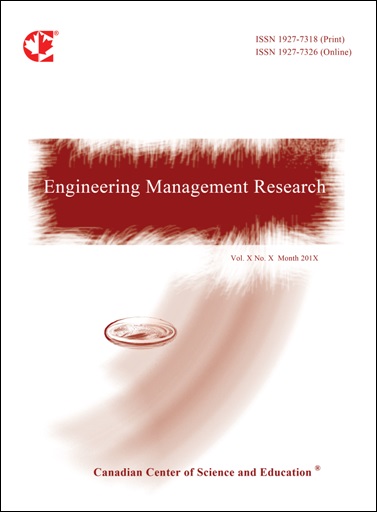Mechanical Integrity of Tissue Engineered Stented Transapical Heart Valves after Crimping Procedure
- Magdalena Scheuer
- Trixi Hollweck
- Rene Bombien
- Rainer Kozlik-Feldmann
- Ulrike Haas
- Cornelia Fano
- Martin Dauner
- Jan-Marcel Hausherr
- Bruno Reichart
- Christoph Schmitz
- Bassil Akra
Abstract
Transapical heart valve implantation is a common minimally invasive procedure for valve replacement in high-risk patients. However, the use of synthetic prostheses for this procedure is limited due to reduced long-term durability. Tissue engineered stented heart valves are promising as prospective transcatheter heart valve prostheses. Therefore, the aim of this study was to determine the mechanical integrity of tissue engineered stented heart valves after crimping procedure. Stented non-degradable polyurethane heart valves (sPUHV) were successively seeded with fibroblasts and endothelial cells derived from human saphenous vein segments. Dynamic seeding procedure was performed by using a special 3D-rotating bioreactor. Colonized stented heart valves were exposed to mechanical loadings by crimping in a conventional heart valve crimper and were analyzed by micro-computerized tomography (µ-CT), scanning electron microscopy (SEM), immunohistochemistry (IHC) and immunocytochemistry (ICC). µ-CT showed no damage of the sPUHV after crimping. A stable cellular coating with intact cell surfaces of crimped heart valves was demonstrated by SEM analysis. ICC and IHC observations also revealed the mechanical integrity of endothelial and fibroblast layers after crimping technique. It could be demonstrated that the crimping procedure does not affect the integrity of sPUHV structure and the cellular coating. This offers a potential use for tissue engineered stented heart valves for transapical heart valve replacement.
 PDF
PDF
